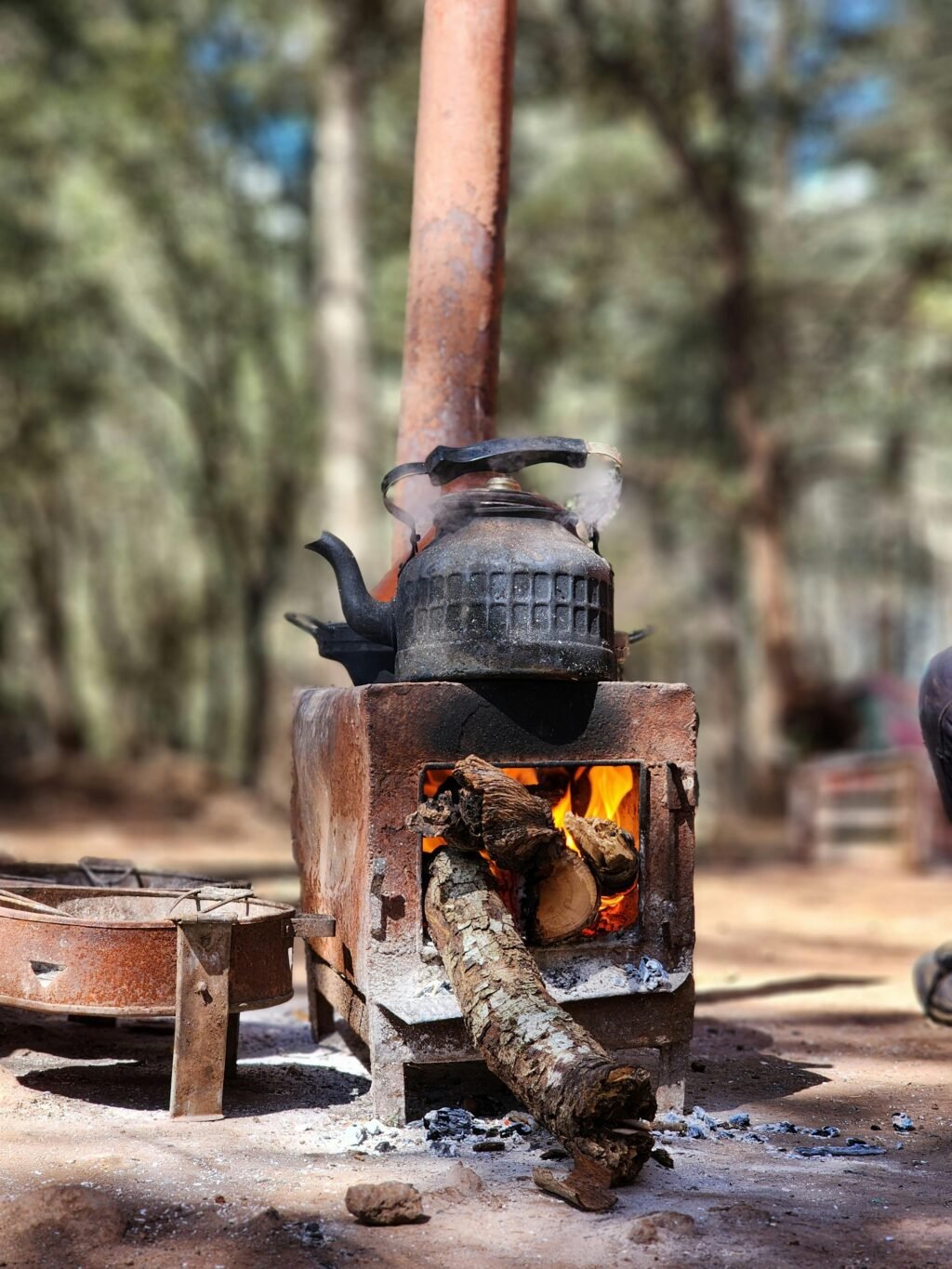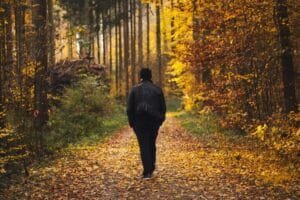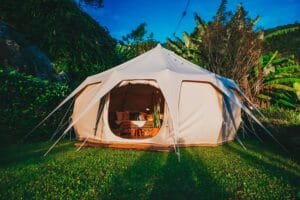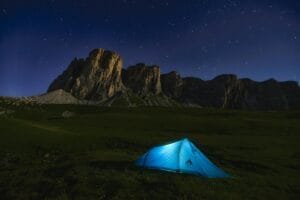
Are you ready to embrace the wilderness and cook like a true adventurer? Look no further than wood burning camp stoves! These portable powerhouses offer a unique blend of efficiency, sustainability, and rustic charm. In this Ultimate Guide to Wood Burning Camping Stoves, we’ll explore everything you need to know about harnessing nature’s energy for your outdoor culinary adventures. From choosing the right stove to mastering fire-starting techniques, we’ve got you covered. So, grab your hiking boots and let’s dive into the world of wood burning camp stoves!
1. Why Choose a Wood Burning Camp Stove?
Before we delve into the nitty-gritty, let’s answer the burning question: why opt for a wood burning camp stove? Here are some compelling reasons:
– Eco-friendly: Uses renewable fuel source
– Cost-effective: No need to buy gas or other fuels
– Lightweight and portable: Perfect for backpacking
– Versatile: Can burn various types of biomass
– Authentic outdoor experience: Connects you with nature
2. Types of Wood Burning Camp Stoves
Not all wood burning stoves are created equal. Here’s a quick rundown of the main types:
a) Flat-pack stoves: Collapsible and ultra-portable
b) Rocket stoves: Efficient combustion and focused heat
c) Gasifier stoves: Clean-burning and produce less smoke
d) Traditional camp stoves: Sturdy and reliable
3. Top Features to Look for in a Wood Burning Camp Stove
When choosing your perfect outdoor companion, consider these key features:
– Size and weight: Ensure it fits your backpack and carrying capacity
– Fuel efficiency: Look for designs that maximize heat output
– Stability: Check for sturdy legs or a wide base
– Cooking surface: Consider the size and type of pots it can support
– Ventilation: Good airflow means better combustion and less smoke
4. How to Use a Wood Burning Camp Stove: Step-by-Step Guide
Now that you’ve got your stove, let’s fire it up!
1: Find a safe, flat surface away from flammable materials
2: Gather dry tinder, kindling, and small branches
3: Start with tinder at the base, adding kindling gradually
4: Light the tinder and allow the fire to grow
5: Add larger pieces of wood as needed
6: Place your pot or pan on the cooking surface
7: Adjust airflow to control heat intensity
Pro tip: Always carry a fire starter or waterproof matches as backup!
5. Frequently Asked Questions about Wood Burning Camp Stoves
Q: How long does it take to boil water on a wood burning stove?
A: Typically 5-10 minutes, depending on stove efficiency and conditions.
Q: Can I use any type of wood?
A: Dry, seasoned hardwoods work best. Avoid toxic woods like poison ivy or treated lumber.
Q: How do I clean my wood burning stove?
A: Let it cool, remove ash, and wipe with a damp cloth. Deep clean occasionally with mild soap.
Q: Are wood burning stoves safe in windy conditions?
A: Use caution and create a windbreak. Some models have built-in windscreens.
6. Maintenance and Care Tips for Longevity
Keep your wood burning camp stove in top shape with these tips:
– Clean after each use to prevent rust and buildup
– Store in a dry place to avoid moisture damage
– Check for loose parts or damage before each trip
– Apply high-temperature paint to prevent rust on metal parts
– Keep moving parts lubricated for smooth operation
7. Cooking Techniques and Recipes for Wood Burning Stoves
Mastering your wood burning stove opens up a world of culinary possibilities:
– One-pot meals: Hearty stews and chili
– Grilling: Use a grill grate for meats and vegetables
– Baking: Try a Dutch oven for fresh bread or cobbler
– Boiling: Perfect for pasta, rice, or purifying water
Recipe idea: Campfire Skillet Pizza
– Prepare dough at home
– Preheat skillet on stove
– Add thin layer of oil, then dough
– Top with sauce, cheese, and toppings
– Cover with foil and cook until crust is crispy
8. Environmental Impact and Leave No Trace Principles
While wood burning stoves are eco-friendly, it’s crucial to practice responsible outdoor ethics:
– Use dead, fallen wood instead of cutting live trees
– Keep fires small and under control
– Fully extinguish fires and disperse cool ashes
– Pack out any unburned materials
– Follow local fire regulations and bans
9. Comparing Wood Burning Stoves to Other Camp Stove Options
Let’s stack up wood burning stoves against the competition:
Wood Burning vs. Gas Stoves:
– Pros: No fuel to carry, unlimited cooking time
– Cons: Weather-dependent, requires more effort
Wood Burning vs. Alcohol Stoves:
– Pros: Higher heat output, more versatile
– Cons: Heavier, more complex setup
Wood Burning vs. Solar Cookers:
– Pros: Works in all light conditions, faster cooking times
– Cons: Produces smoke, requires fuel gathering
10. Safety First: Essential Precautions for Wood Burning Stove Users
Remember, with great fire comes great responsibility:
– Always have water or sand nearby for emergencies
– Use heat-resistant gloves when handling the stove
– Keep children and pets away from the hot stove
– Never leave a burning stove unattended
– Check for fire bans or restrictions before use
Embracing wood burning camp stoves opens up a world of outdoor cooking adventures while keeping you connected to nature. From their eco-friendly appeal to the satisfying crackle of a well-tended fire, these stoves offer an authentic camping experience like no other. By following the tips and techniques in this The Ultimate Guide to Wood Burning Camping Stoves, you’ll be well-equipped to harness nature’s power and become a master of wilderness cuisine. So, pack your wood burning stove, hit the trails, and get ready to create unforgettable meals under the open sky. Happy camping and bon appétit!





